×
![]()
genus
| Type: | Model Group |
| Submitter: | Stephan Beyer |
| Description: | Minimum Genus model, with symmetry breaking constraints, of g.31.8 (undirected) of the AT&T Graphs by Stephen C. North. |
Parent Model Group (genus)
All other model groups below were be compared against this "query" model group.  |
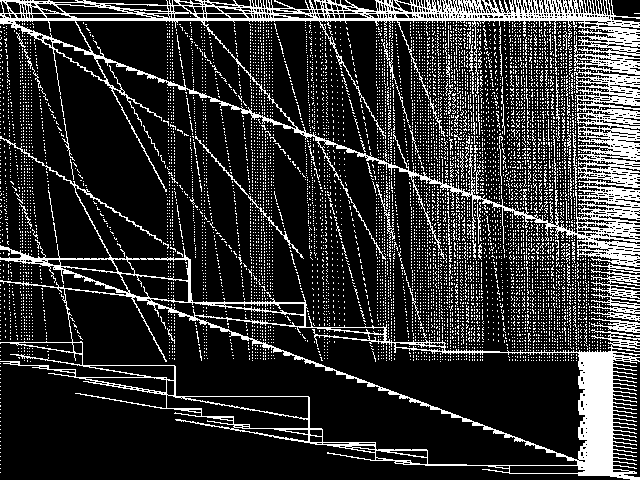 |
|
Model Group Composite (MGC) image
Composite of the decomposed CCM images for every instance in the query model group.
|
Component Instances (Decomposed)
These are the decomposed CCM images for each instance in the query model group.  |
These are component instance images.
|
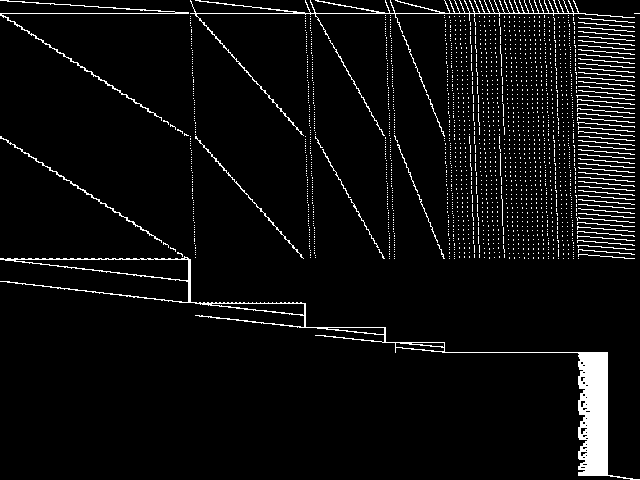 |
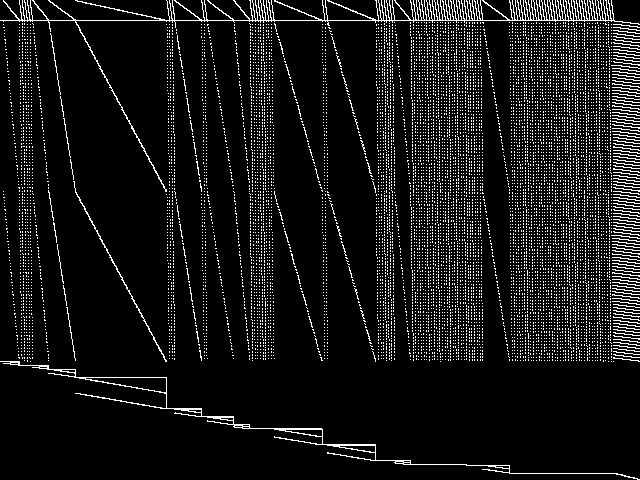 |
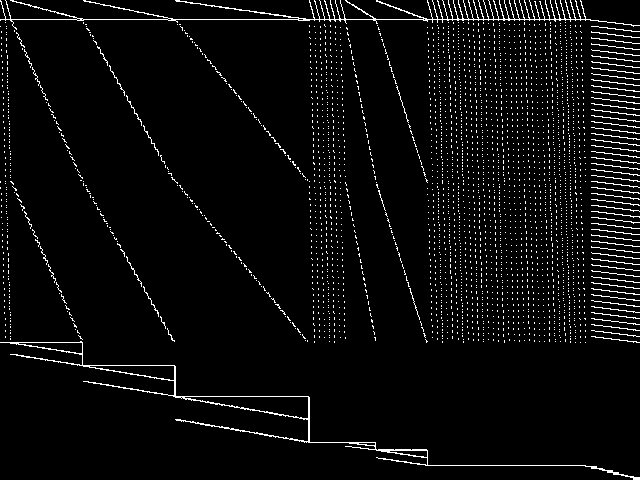 |
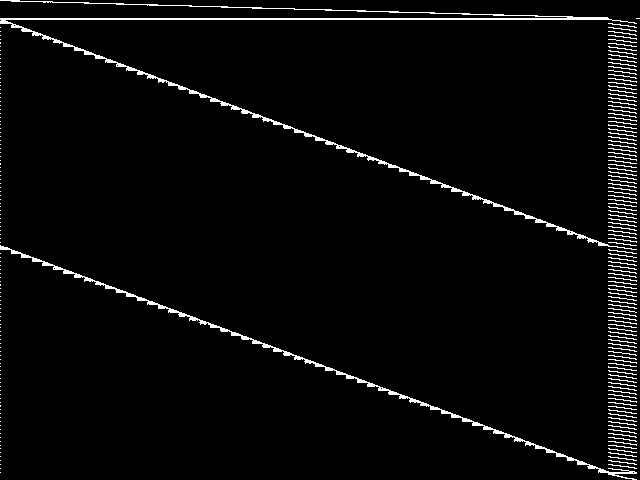 |
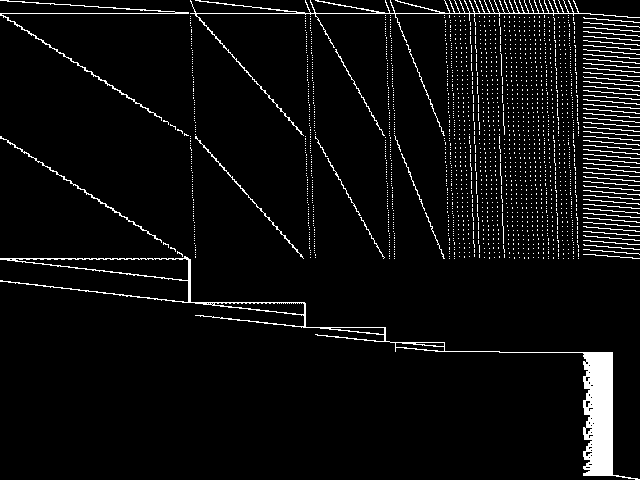 |
| Name | genus-g31-8 | genus-sym-g62-2 | genus-sym-grafo5708-48 | genus-g61-25 | genus-sym-g31-8 |
MIC Top 5 Model Groups
These are the 5 MGC images that are most similar to the MGC image for the query model group, according to the ISS metric.  |
FIXME - These are model group composite images.
|
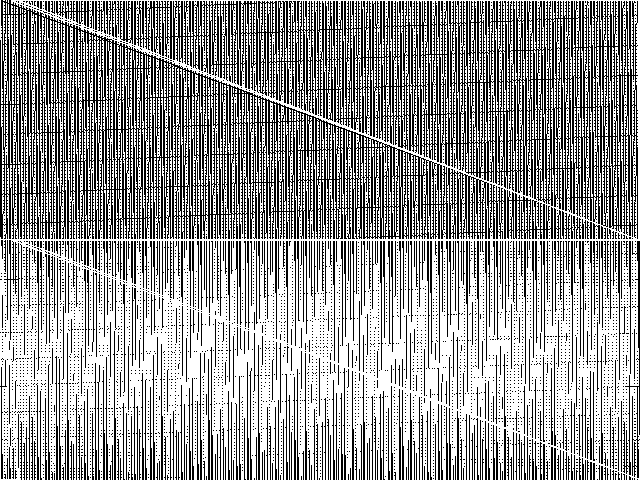 |
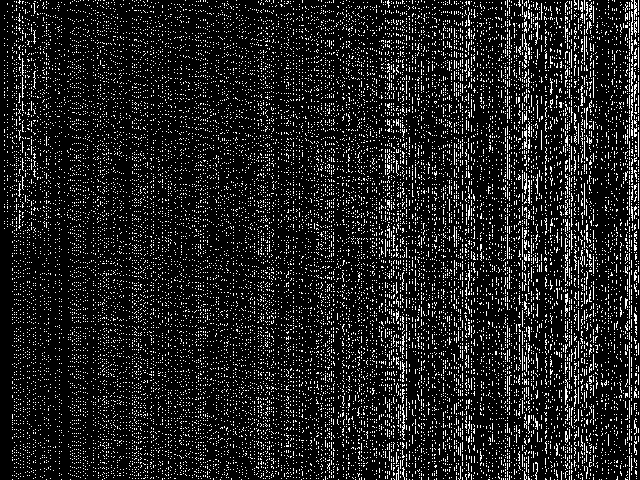 |
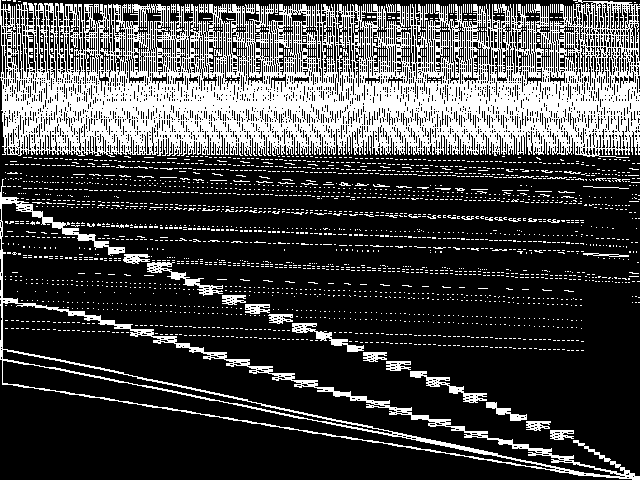 |
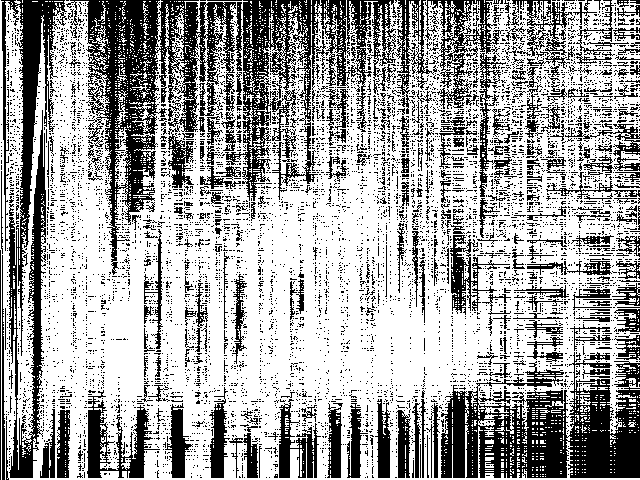 |
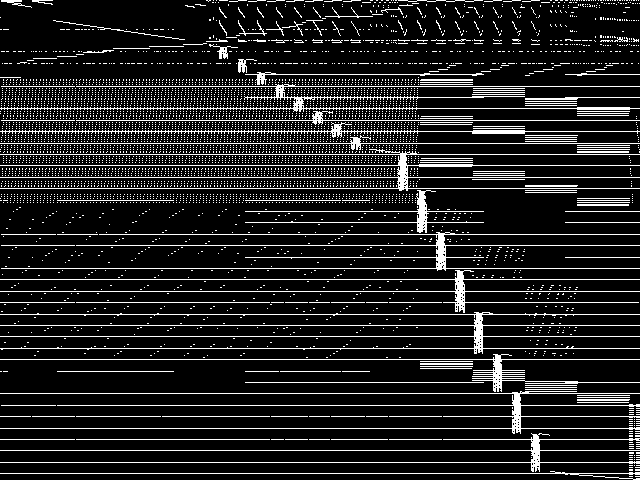 |
| Name | neos-pseudoapplication-106 | iis | neos-pseudoapplication-48 | ivu | neos-pseudoapplication-78 | |
|
Rank / ISS
The image-based structural similarity (ISS) metric measures the Euclidean distance between the image-based feature vectors for the query model group and all other model groups. A smaller ISS value indicates greater similarity.
|
1 / 1.607 | 2 / 1.632 | 3 / 1.689 | 4 / 1.803 | 5 / 1.803 |
Model Group Summary
The table below contains summary information for genus, and for the five most similar model groups to genus according to the MIC.
| MODEL GROUP | SUBMITTER | DESCRIPTION | ISS | RANK | |
|---|---|---|---|---|---|
| Parent Model Group | genus | Stephan Beyer | Minimum Genus model, with symmetry breaking constraints, of g.31.8 (undirected) of the AT&T Graphs by Stephen C. North. | 0.000000 | - |
| MIC Top 5 | neos-pseudoapplication-106 | Hans Mittelmann | Collection of anonymous submissions to the NEOS Server for Optimization | 1.606750 | 1 |
| iis | Marc Pfetsch | 23 "middlehard" Set-Covering Models for MIPLIB: they have a small number of variables compared to the number of constraints and CPLEX 12.1 needs about one hour to solve them.For more information, have a look into the readme file which explains how the models can be created. | 1.631636 | 2 | |
| neos-pseudoapplication-48 | NEOS Server Submission | Imported from the MIPLIB2010 submissions. | 1.689459 | 3 | |
| ivu | S. Weider | Set partitioning model resulting from a column generation algorithm used for duty scheduling in public transportation. Solved in June 2014 using CPLEX 12.6 with 48 threads in about 25 days. | 1.803028 | 4 | |
| neos-pseudoapplication-78 | Jeff Linderoth | (None provided) | 1.803489 | 5 |

